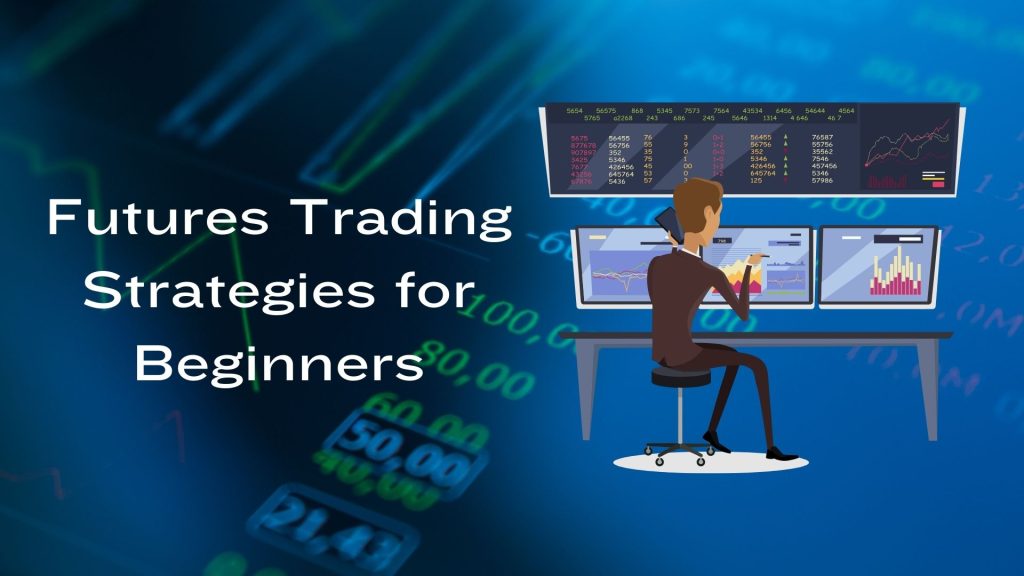
6 Futures Trading Strategies for Beginners
Futures are contracts to buy or sell a specific commodity asset or security at a set future date for a set price. This type of trading allows traders to hedge against price changes and speculators to profit from them.
A good futures trading strategy effectively manages risks and achieves specific trading goals. It helps with decision-making, maintains discipline in volatile markets, and provides a framework for trading activities.
Basic Futures Trading Strategies
These are some of the strategies that beginners can use to achieve their goals:
Trend Following Strategy
This strategy spots the direction of the market trend and trades in alignment with it. Technical indicators like moving averages help traders determine market trends. Traders usually use tools like the Relative Strength Index (RSI) or MACD to confirm the trend strength and potential reversal points. They commonly buy when a short-term moving average crosses above a long-term moving average, indicating the start of an uptrend.
Stay ahead in the financial market by joining a global network of finance professionals. Find your perfect liquidity partners now!
Position Trading
This approach holds positions for a longer period, from several weeks to months, to capitalize on expected significant market shifts. Traders analyze long-term charts. Indicators like Fibonacci retracements help spot potential entry and exit points to benefit from major shifts in market fundamentals. They also consider macroeconomic factors and reports that may influence market directions, such as inflation rates, employment data, or major political events.
Contrarian Trading
Contrarian traders take positions against the prevailing market consensus. They bet that the crowd sentiment is wrong and will soon reverse. It requires careful analysis of market sentiment indicators and can be risky. Timing market reversals is challenging and requires precise execution. Traders define clear criteria for entering and exiting trades based on predefined technical or price thresholds to manage risks effectively.
Breakout Trading
Breakout trading identifies significant price movements surpassing established ranges or levels (like support and resistance). Traders watch for these breakouts to enter trades in the direction of the breakout, anticipating continued movement. Traders use volume as an indicator; higher volume during a breakout suggests a stronger move. To avoid false signals, they confirm the breakout with additional indicators like moving averages or MACD.
The Pullback Strategy
This strategy involves entering the market after a price retracement following an initial strong price movement. It aims to capitalize on the temporary pullbacks within a major trend. Traders recognise potential pullback levels using tools like Fibonacci retracement. They wait for signals such as candlestick patterns or RSI levels that show the pullback is ending and the primary trend is resuming.
Spread Trading
Spread trading is the simultaneous buying and selling of related futures contracts to profit from the change in the price difference between them. It can be used to hedge or to speculate. Traders find contracts with correlated movements but differing volatilities. They monitor spreads for historical norms and enter trades when spreads deviate significantly, anticipating a return to average levels.
Wrapping up
In conclusion, futures trading offers numerous strategies that cater to different styles and objectives. No matter which strategy you follow, you need a solid understanding of the market, disciplined risk management, and continuous learning.
Contact us now and boost your business visibility!
Follow us on LinkedIn to get daily financial updates!





